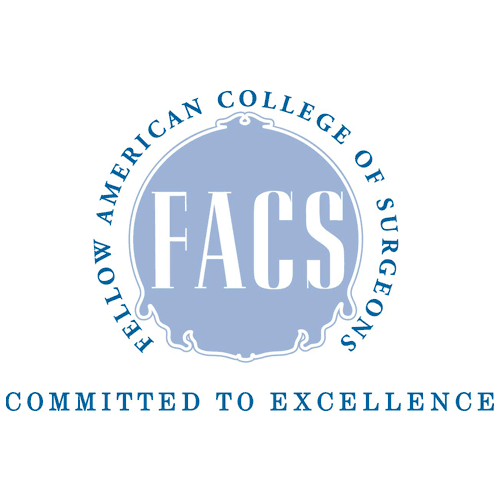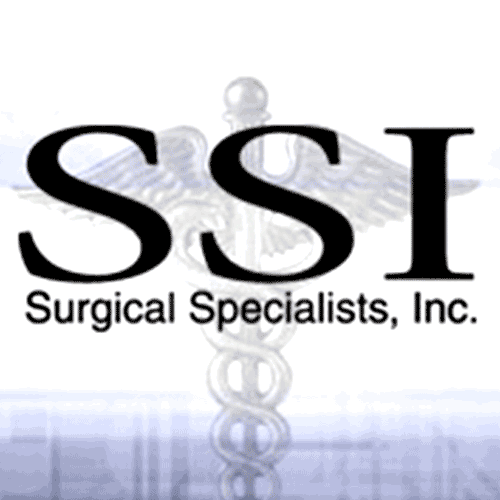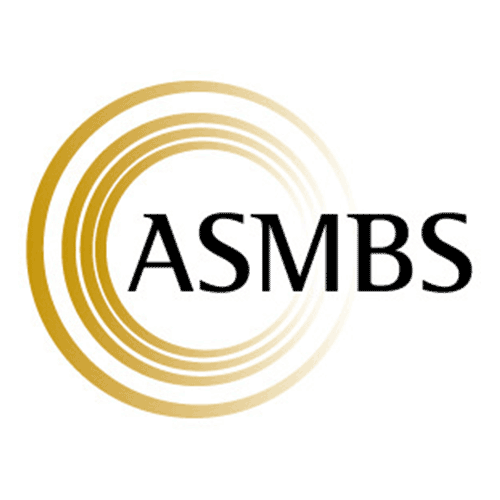Dr. David Maccabee, MD FACS
Minimally Invasive Bariatric Surgery
Advanced Laparoscopic Surgery
Dr. David Maccabee, MD FACS
Minimally Invasive Bariatric Surgery
Advanced Laparoscopic Surgery
Dr. David Maccabee, MD FACS
Minimally Invasive Bariatric Surgery
Advanced Laparoscopic Surgery
Surgery for Gastroesophageal reflux disease (GERD)
When is GERD surgery necessary
People with severe, chronic esophageal reflux may need surgery to correct gastroesophageal reflux disease (GERD) if their symptoms are not relieved by medications that reduce acid in the stomach, or by lifestyle changes, including losing weight, avoiding certain foods and quitting smoking.
If left untreated, chronic gastroesophageal reflux can cause complications such as esophagitis, esophageal ulcers, bleeding, scarring of the esophagus or Barrett’s esophagus.
Laparoscopic antireflux surgery is used in the treatment of GERD when medicines are not successful. Laparoscopic antireflux surgery is a minimally-invasive procedure that corrects gastroesophageal reflux by reducing the hiatal hernia, reconstructing the esophageal hiatus and reinforcing the lower esophageal sphincter.
Dr Maccabee has a great deal of experience with Antireflux surgery (Laparoscopic Nissen Fundoplication) and also at “complex” surgery for patients who have had previous fundoplications that have failed, or who have other swallowing disorders such as achalasia.
What tests are needed to determine if surgery is necessary?
Pre-surgical evaluation is important to the success of laparoscopic antireflux surgery, for both initial and repeated operations. By completing thorough testing and screening of each patient’s medical history, Dr Maccabee can plan the procedure to fit the patient’s needs.
Pre-surgical evaluation includes:
A complete review of medical history and a physical examination Several tests to make sure you are physically ready for the surgery, including chest x-ray, blood test and electrocardiogram (EKG)
Barium swallow (esophagram)
A series of x-rays of the esophagus taken after the patient drinks a solution that contains barium. The barium coats and outlines the esophagus on the x-ray. Both the structure and function of the esophagus is assessed.
Esophagoscopy (esophagogastroduodenoscopy) with biopsy
A visual exam of the esophagus and stomach and removal of a sample of tissue of the upper digestive tract (biopsy) using an endoscope.
Esophageal manometry
A diagnostic test that helps to determine the function of the esophagus.







